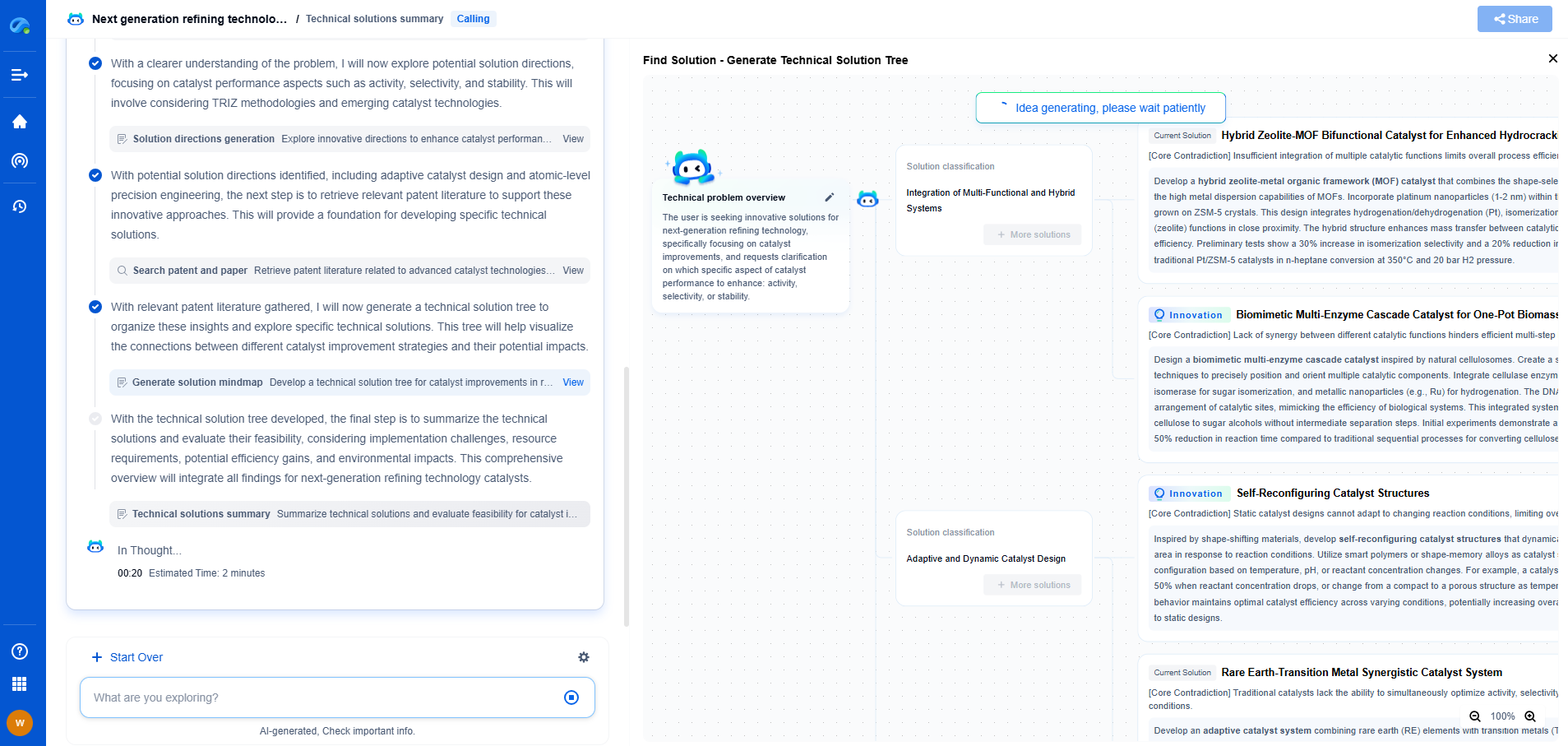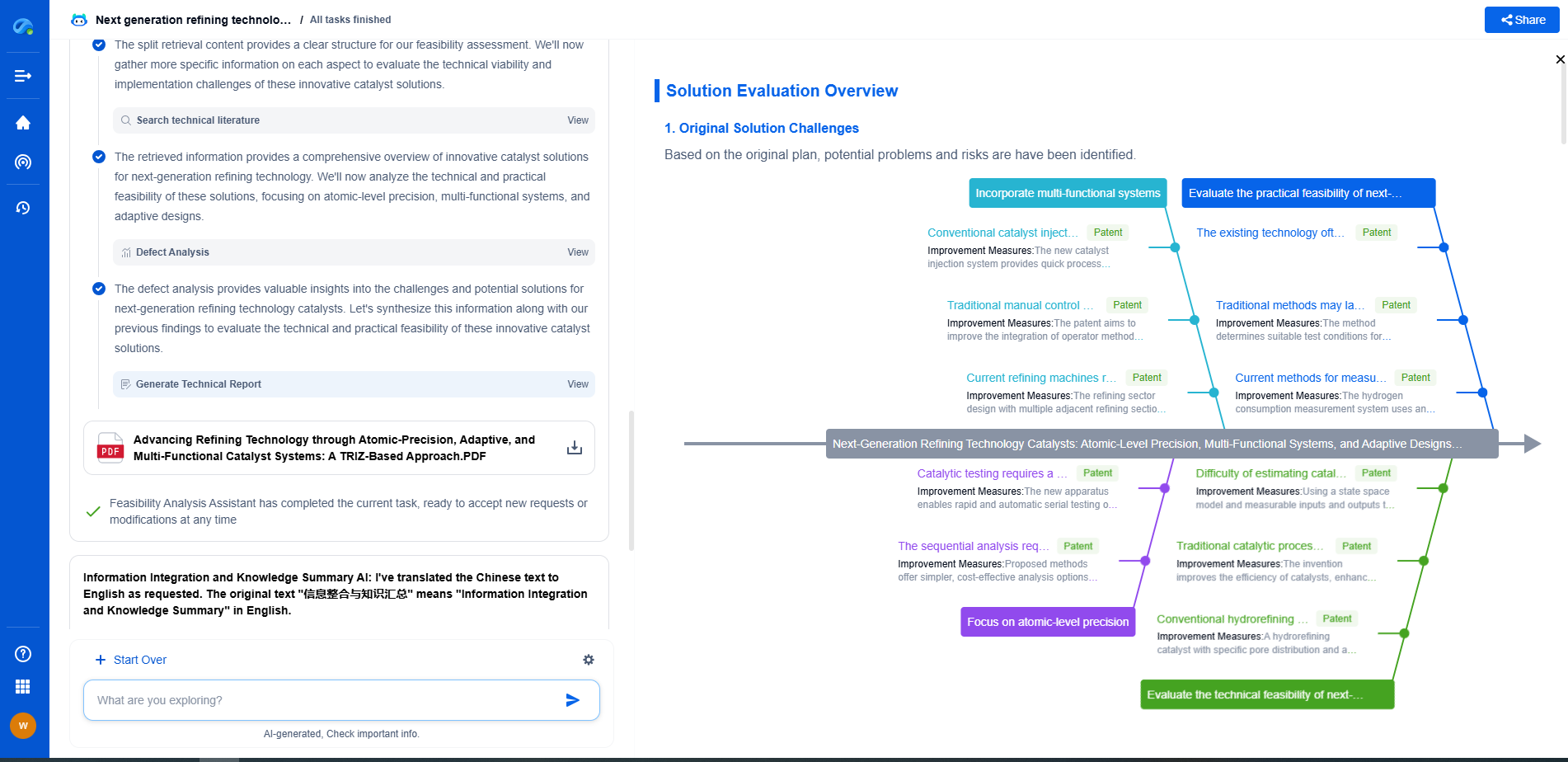In the world of gear design and manufacturing, adhering to international standards is crucial to ensure quality, compatibility, and efficiency. Among the most prominent standards are those set by the American Gear Manufacturers Association (AGMA) and the Deutsches Institut für Normung (DIN), the German Institute for Standardization. Both AGMA and DIN have established comprehensive guidelines for gear manufacturing, design, and testing, but they have distinct characteristics and applications that set them apart. This article explores the key differences between AGMA and DIN gear standards and their respective applications in various industries.
Historical Context
Understanding the historical development of AGMA and DIN standards provides insight into their differences. AGMA, founded in 1916, has played a pivotal role in the American gear industry by creating standards that cater to the specific needs of North American manufacturers. These standards emphasize practical application, considering the diverse range of industries relying on gear solutions.
On the other hand, DIN standards have their roots in Germany, with DIN established in 1917. DIN standards are known for their precision and comprehensive technical detail, reflecting Germany's engineering expertise and focus on detailed manufacturing processes. This focus on precision is often attributed to the high level of industrialization and technical advancement in Germany.
Technical Differences
1. Design Philosophy
The fundamental difference in design philosophy between AGMA and DIN standards lies in their approach to flexibility and precision. AGMA standards offer flexibility, accommodating a wide range of gear applications and allowing manufacturers some leeway in design parameters. This adaptability makes AGMA standards suitable for industries requiring rapid innovation and customization.
Conversely, DIN standards are characterized by their precision. They provide detailed specifications and strict guidelines, ensuring consistency and high quality across all manufactured gears. DIN standards are preferred in industries where precision and reliability are paramount, such as automotive and aerospace.
2. Load Calculation and Safety Factors
AGMA and DIN differ significantly in their approach to load calculation and safety factors. AGMA standards tend to incorporate more conservative safety factors, considering the varied conditions under which gears may operate in North America. This approach provides a buffer against unforeseen circumstances, promoting durability and reliability.
DIN standards, however, use a more analytical approach to calculate load and safety factors. They focus on detailed stress analysis and material properties, ensuring optimal performance under specified conditions. This precision is essential for applications where exact load calculations are crucial.
3. Material Specifications
Material specifications also vary between AGMA and DIN standards. AGMA outlines a broad range of material options, allowing manufacturers flexibility based on availability and cost considerations. The materials specified in AGMA standards are often geared toward balancing performance with economic viability.
DIN standards, in contrast, provide exhaustive lists of materials, each with specific properties and applications. This attention to detail ensures that gears meet stringent performance and safety criteria, particularly in high-stakes industries.
Applications
1. AGMA Applications
AGMA standards are predominantly used in industries where flexibility, cost-effectiveness, and rapid adaptation are essential. This includes sectors like heavy machinery, agriculture, and energy. The customizable nature of AGMA standards makes them ideal for businesses that require unique gear solutions that can be developed quickly and efficiently.
2. DIN Applications
DIN standards find favor in industries where precision and reliability are non-negotiable. The automotive, aerospace, and precision engineering industries often rely on DIN standards to ensure that their gears meet the highest quality and performance benchmarks. The detailed nature of DIN standards ensures that even the most stringent requirements are met, making them indispensable in these fields.
Conclusion
Both AGMA and DIN gear standards hold significant importance in the gear manufacturing landscape, each catering to different industry needs and priorities. AGMA’s flexible and adaptable standards are suited to industries requiring rapid innovation and cost-effective solutions, whereas DIN’s precise and meticulous guidelines are essential for applications demanding high precision and reliability. Understanding the key differences between these standards allows manufacturers and engineers to make informed decisions, ensuring that they select the appropriate standard for their specific requirements.
AGMA vs. DIN Gear Standards: Key Differences and Applications
JUL 2, 2025 |
Boost Innovation in Gears & Transmissions with Patsnap Eureka
Whether you're designing a next-gen planetary gearbox or optimizing gear tooth profiles for noise reduction, keeping up with the fast-evolving landscape of mechanical transmissions requires more than just experience—it takes insight, speed, and smart tools.
Patsnap Eureka, our intelligent AI assistant built for R&D professionals in high-tech sectors, empowers you with real-time expert-level analysis, technology roadmap exploration, and strategic mapping of core patents—all within a seamless, user-friendly interface.
Whether you're streamlining a manual transmission system or exploring electromechanical actuation, Patsnap Eureka helps your team move from concept to novelty faster than ever.
👉 Experience Eureka in action—request a personalized demo today and see how AI can revolutionize your gear innovation workflows.
- R&D
- Intellectual Property
- Life Sciences
- Materials
- Tech Scout
- Unparalleled Data Quality
- Higher Quality Content
- 60% Fewer Hallucinations
Browse by: Latest US Patents, China's latest patents, Technical Efficacy Thesaurus, Application Domain, Technology Topic, Popular Technical Reports.
© 2025 PatSnap. All rights reserved.Legal|Privacy policy|Modern Slavery Act Transparency Statement|Sitemap|About US| Contact US: help@patsnap.com

